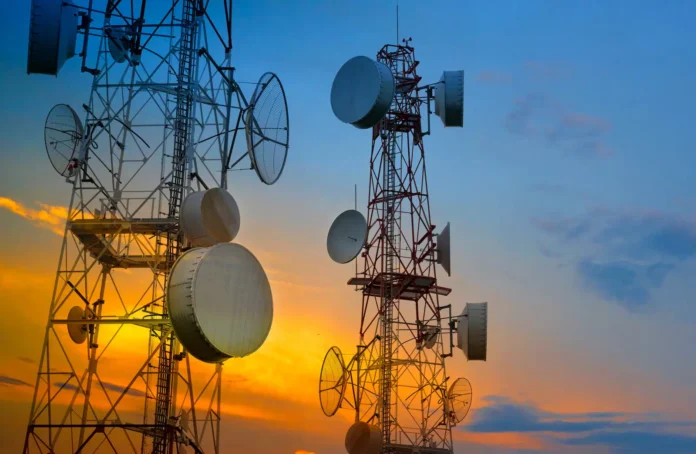Every weekday, over 100,000 vehicles pour onto Lagos’ Third Mainland Bridge—the country’s busiest and longest bridge. But beneath the honking and motion, something silent and powerful is at work.
It’s not just concrete and cables. It’s a network—one that keeps your calls clear, your internet fast, and your GPS steady even in bumper-to-bumper traffic.
According to Yahaya Ibrahim, MTN Nigeria’s Chief Technical Officer, “We have some sites that are providing coverage on the bridge… But because of the heavy traffic and the length, we deployed a special solution in July 2025—a dedicated network designed just to cover the bridge.”
Bridge-Mounted Tech, Built to Withstand Lagos
That solution is a web of distributed antenna systems (DAS), mounted at key points along the 11.8-km bridge. These antennas work together like watchmen, quietly passing your signal from one to the next.
The fibre optic cables that connect them are tucked inside protective ducts running beneath the bridge. They live among electrical lines and move with the structure—flexible enough to survive the heat, traffic vibration, and even saltwater air.

“Right in the middle of the bridge, you’ll find all the electrical systems and fibre cables running through the utility ducts,” Ibrahim said. “These cables provide power to the antennas and transmit data for the users on the move.”
Instead of digging underground, engineers use reinforced fiberglass or HDPE pipes fixed along the bridge beams. These withstand marine conditions and Lagos’ heavy rains, allowing cables to safely deliver stable connection even during storms.
Always Connected, Even in Traffic
As cars crawl forward, phones switch smoothly from one antenna to another. These seamless “handovers” keep you online—whether you’re streaming music, checking your map, or making a call.
“Your phone is connected to a site, and as you move away, its signal weakens. The phone hands over to a new site,” said Ibrahim.
Still, signal gaps—what engineers call “coverage holes”—can happen. Trees, buildings, even landlords refusing tower installations, all create hurdles.
“Water has always refracted signals. That’s basic physics,” Ibrahim explained. “But with the right network optimisation, we can minimise those effects.”
Engineering Under Pressure
Laying fibre on a bridge like this isn’t just technical—it’s political and logistical. Engineers must seek permits, coordinate with authorities, and work overnight or off-hours to avoid traffic chaos.
Each fibre line is carefully measured, tested, and sealed against the weather. Expansion joints on the bridge are accounted for with flexible loops and weatherproof splicing.
Maintenance? That’s another beast. Powering one telecom site takes diesel, repairs, monitoring equipment, and tech upgrades. Now multiply that by over 20,000 sites nationwide.
“We also do network optimisation from time to time to ensure optimal performance,” Ibrahim added.
Building the Digital Spine of Lagos
As Lagos swells—with more people, more phones, and more data needs—MTN and other telcos are under pressure to keep up. But with bridge-mounted cables, smart antenna placements, and constant upgrades, they’re holding the line.
“We always try to find solutions to ensure our customers have 100% connectivity. That’s the goal,” Ibrahim said.
From underneath the bridge, past the cables and ducts, lies the unseen engine of Nigeria’s digital city.
What do you think? Should more Nigerian bridges and highways in other states be digitally upgraded this way? Let’s hear from you.Rate, Like 👍, Comment💬, share this article, Follow us on our social media handles, and Submit your own story to get featured and earn rewards!







